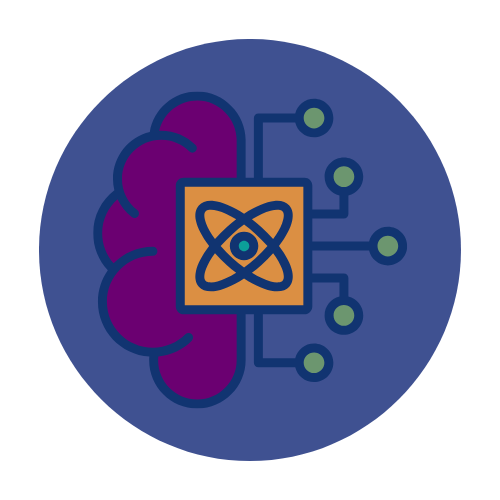Illegal Mining
Quantum machine learning solution for monitoring illegal mining through satellite imagery and promoting environmental conservation, particularly in Ghana.
Owner
Status
Quantum Approach

Phase 1 – Outline

Quantum Machine Learning
SDGs
Contributors
Origins of Contributors
University of Energy and Natural Resources
University of Education, Winneba (Ghana)
United Nations Interregional Crime and Justice Research Institute (UNICRI)

Impact/context
Water contamination due to illegal mining (galamsey) poses a severe environmental and public health threat in Ghana, with a significant portion of the population relying on rivers, lakes, and other surface water bodies for drinking, agriculture, and daily use.
According to sources, 60% of water bodies in Ghana are polluted, with most of them in deteriorating condition. Illegal mining leads to heavy metal pollution (mercury, arsenic, lead) and increased turbidity, degrading water quality beyond safe consumption levels. This contamination directly impacts public health, increasing cases of waterborne diseases, heavy metal poisoning, and loss of biodiversity in aquatic ecosystems. Children and women are particularly vulnerable due to prolonged exposure to polluted water.
In 2017, many water treatment facilities in Ghana ceased operation due to the impact of illegal mining activities on water bodies. Given the magnitude of the crisis, there is an urgent need for advanced monitoring solutions to track and mitigate illegal mining’s environmental impact.
How quantum could help
Detecting and monitoring the environmental impacts require analysing datasets from satellite imagery. The core computational challenge lies in predicting heavy metal levels as it involves integrating large, noisy and high-dimensional satellite data, with sparse ground-truth data and spatio-temporal environmental covariates.
Classical computational methods that try to predict water contamination and dispersion via simulation or finite difference methods are affected by non-linear terms of the system, which need high computational resources to solve the problem at a high enough resolutions to be useful. Alternative classical machine learning methods may be limited by small, noisy and complex datasets which could be enhanced by the use and integration of quantum computing approaches.
Leveraging Quantum Deep Learning and remote sensing could provide near-term detection and predictive modeling, aiding in policy enforcement and sustainable resource management.
